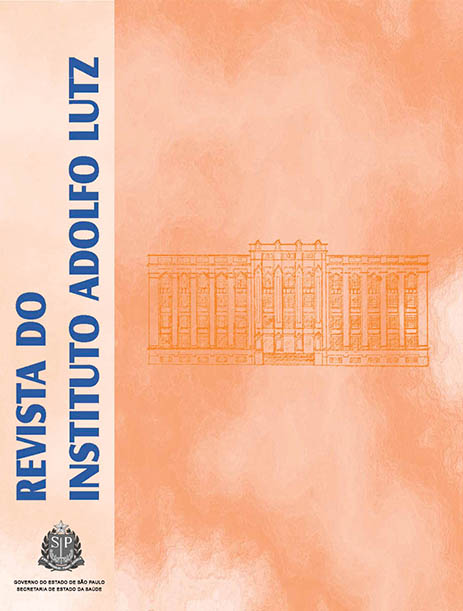Abstract
Epidemiological studies have proved an inverse relationship between the intake of nuts and the development of chronic illnesses such as cardiovascular disease and cancers. Nuts have phenolic acids and flavonoids, in addition to being rich in tocopherols, phytosterols and squalene. They are sources of carbohydrates, essential fatty acids and minerals. The possible beneficial effects of these compounds are due to their antioxidant and anti-proliferative activity. This study had as its objective to characterize the oils ex tracted from nuts to identify the beneficial bioactive compounds to the application of these oils in foods. Tests were conducted to determine the centesimal composition of Brazil nuts ( Bertholletia excelsa ), Sapucaia nuts ( Lecythis pisonis ), Cotia nuts ( Couepia edulis ) Gurguéia nuts ( Dipteryx lacunifera ), Pecan nuts ( Carya illinoensis ) and Walnuts ( Juglans regia ). The oils extracted from the nuts were analyzed to determine their physical-chemical characterization (content of free fatty a cids, acid value, peroxide value, iodine value, refractive index, saponification value, unsaponi fiable matter and oxidative stability), their composition of fatty acids, tocopherols, and total phenolic compound content. The results were submitted to analysis o f variance and Turkey’s range test for averages of 5% using the ESTAT prog ram version 2.0. From the results, it was verified that the nuts studied had distinct centesimal compositions, but all constituted significant sources of lipids (35.74-68.89%), t hese oils being an alternative source of edible vegetable oils. The physical-chemical properties of the oils extracted from the nuts were comparable to the conventional oi ls of good quality; in addition they also have in their composition the majority of thei r fatty acids as palmitic, stearic, oleic and linoleic, amounting to 87-99% of the total. With regard to th e content of phenolic and tocopherol compounds, the oil from Cotia nu ts stands out with 2.02 mg GAE/g and 484.50 mg/kg respectively. However, in gene ral, the oleaginous showed significant amounts of total phenolic compounds and tocopherols.
This work is licensed under a Creative Commons Attribution 4.0 International License.
Copyright (c) 2011 Instituto Adolfo Lutz Journal
Downloads
Download data is not yet available.
